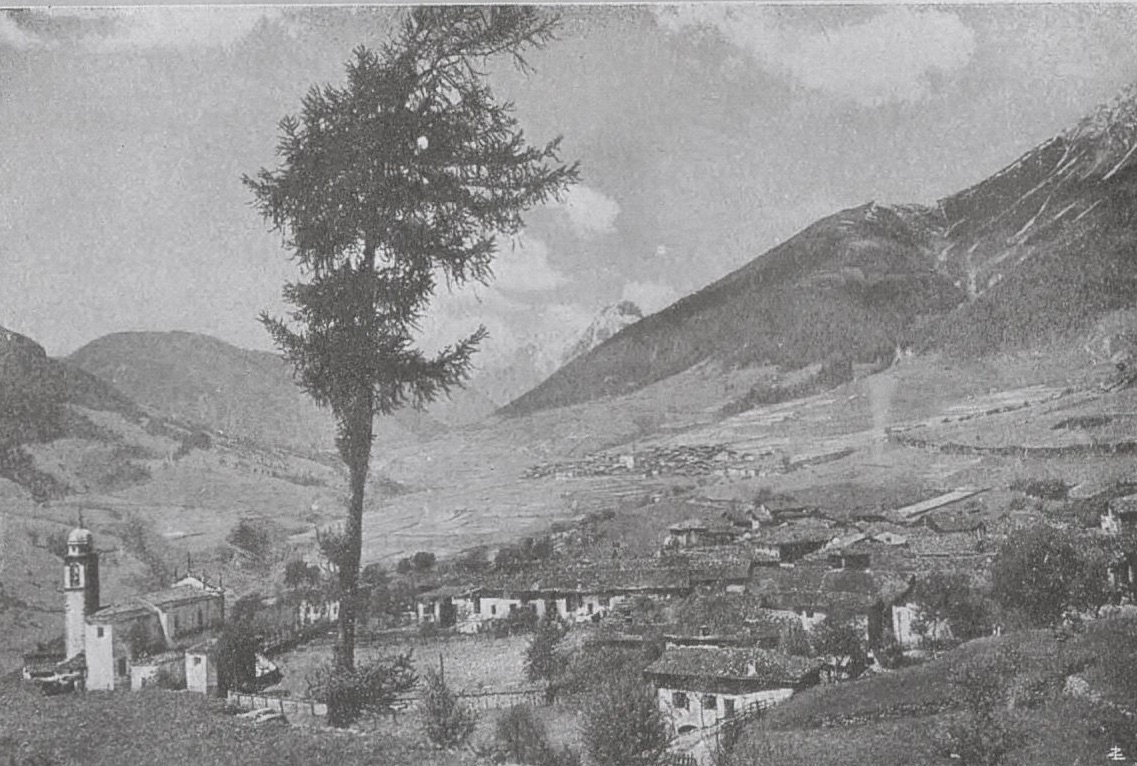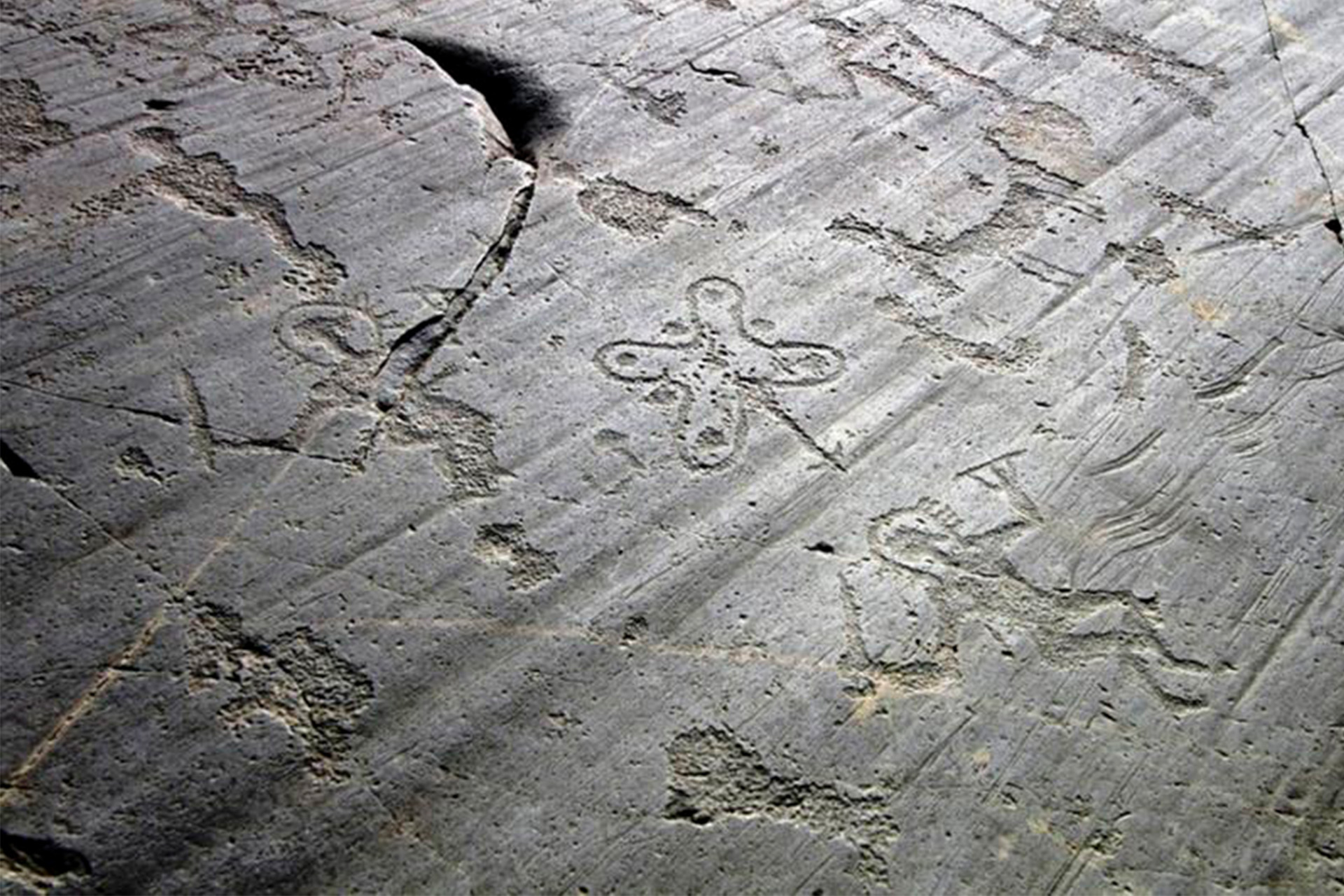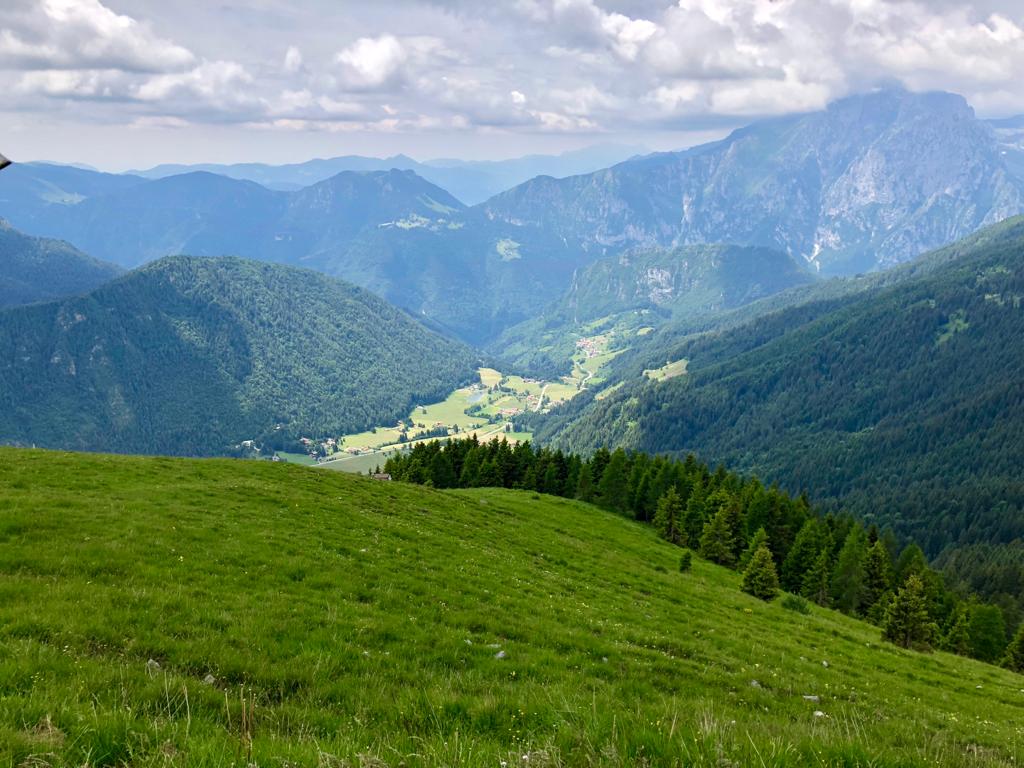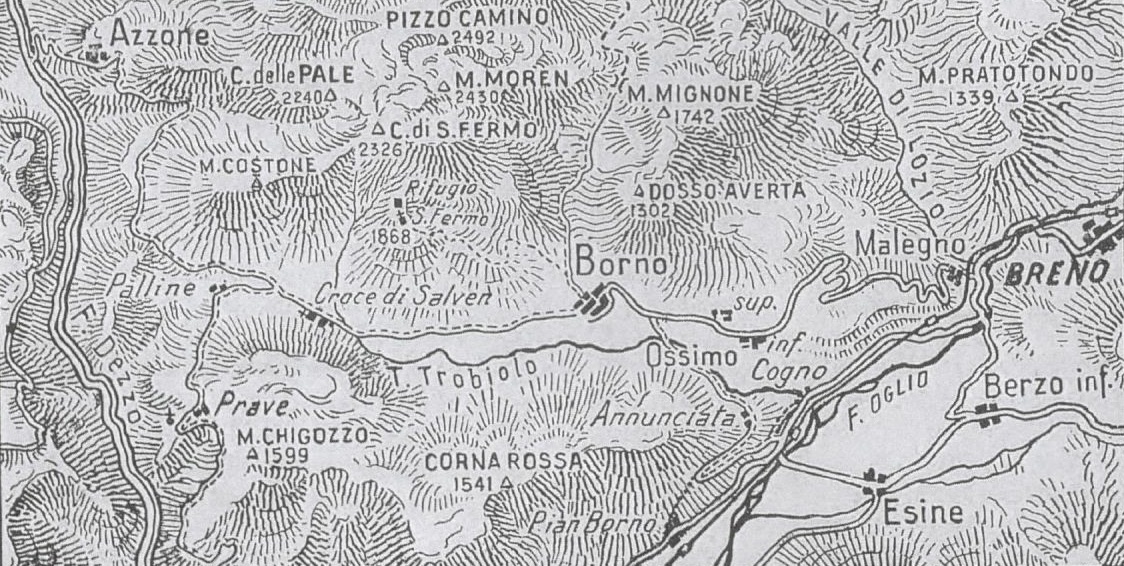ALTOPIANO DEL SOLE: BETWEEN PAST AND MODERN TIMES
An ancient history that of the Altopiano del Sole: a history of conflicts, but also of development and economic success.
Up until the 20th century, the Altopiano could be reached along four mule tracks starting from Mazzunno, Cogno, Malegno and Val di Scalve. In that period, the project for a funicular was drawn up, departing from Cogno and arriving under the Annunciata, but was thwarted by the construction of the current road that climbs from Malegno. The connection with Val di Scalve, both in Roman times and in more recent times, was of fundamental importance because it allowed the transport of iron ore to the valley floor, first through Borno and then through Lozio.
Throughout history, the Altopiano del Sole was for a long time one of the richest areas in Valle Camonica, based on a traditional agro-forestry-pastoral economy (it also supplied timber to the Venetian Republic!). Between the end of the 19th century and the beginning of the 20th century, the local economy suffered a serious crisis, causing tragic migration.
The new road system was synonymous with modernity and also allowed the development of tourism, previously reserved for wealthy users, due to the scenic beauty, the healthy mountain air and the hiking opportunities. The offer was expanded through the construction of ski facilities and second homes, but also thanks to the varied cultural options.

BORNO
Among the towns of the Altopiano del Sole, it is Borno that reveals its most ancient origins, thanks to the discovery of ceremonial sites with steles and engraved rocks. These finds provide important archaeological evidence documenting the use of this area since prehistoric times. Among the most important discoveries we find above all large engraved rocks, such as steles and boulders. In Via San Fermo in Borno you can admire a fragment set in the external wall of a house. In 2005, in the Anvòia locality, boulders were found in their original position, and the Asinino-Anvòia Archaeological Park was set up.
During the Roman Age, Borno was one of the most important centres, also thanks to its strategic position of connection with the Valle di Scalve. Of the Roman Borno, some architectural elements are still visible nowadays outside the Church of S. Fiorino, as well as a funerary inscription on the facade of a private house and a cinerary urn found in Via Don Moreschi.

THE IMPORTANCE OF THE TERRITORY AND ENVIRONMENTAL PROTECTION
The establishment of the Brescia-Bergamo Giovetto Reserve, also called “the forest of ants”, has made this area a forest jewel of the Altopiano del Sole. The reserve has created a new awareness about environmental tourism, thanks to the promotion of protection measures and the involvement of schools.





